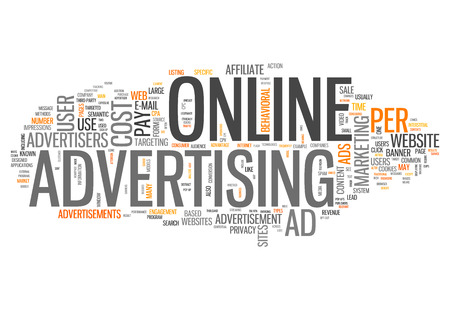
Current Landscape
In terms of level of danger I would rate today’s model of online advertising as a 3. This is because while there are certainly dangers that exists in terms of user data and how privacy is approached, there are also steps being taken to reduce shady user privacy practices.
When reviewing the different articles one of the major events that happened that shows the danger of shady user privacy practices is the scandal that involved both Facebook and Cambridge Analytica. As the American Marketing Association article discusses, this scandal had some customers feeling uneasy about Cambridge Analytica ability to circumvent rules. There was also Cambridge Analytica placing in their fine print that they were harvesting user data through a personality quiz. This data harvesting did not only extend to the users who took the quiz, but also to all their friends on Facebook. As a result, while 305,000 people took the quiz, the estimated number of people who were affected through this data harvesting was 87 million. This is just one example of many different shady practices that happen in today’s model of online advertising. A model where user data is sometimes being harvested without the users knowledge. One other example is an article entitled, “The shady data-gathering tactics used by Cambridge Analytica were an open secret to online marketers. I know, because I was one” by The Verge. In this article it talks about how the Hard Rock Casino in Las Vegas wanted wands placed in their ceiling that would allow them to gather IMEI numbers without the users knowledge or consent, thus allowing them to send messages to the user.
However, today’s model of online advertising is also shifting towards a more protected model, one in which some of these shady user data practices are no longer being used and one where users are employing different tactics to protect their privacy. After the Cambridge Analytica scandal Facebook their “partner categories”, a product that allowed for third-party data providers to offer their targeting directly on Facebook. Users are also employing different tactics to protect their privacy, such as covering their webcam to avoid people using software to view people through their webcam without their knowledge. Some companies products also help protect user data through encryption, such as Apple iPhones encrypting messages between iPhone devices, such that even the service provider is unable to share those messages.
These two factors work to balance each other out and is why in terms of danger it would only rank as a 3. While there are dangers in today’s model, there also is a growing trend of users becoming more aware of how to protect their privacy and companies slowly changing their polices to reduce abuse of user privacy data.
